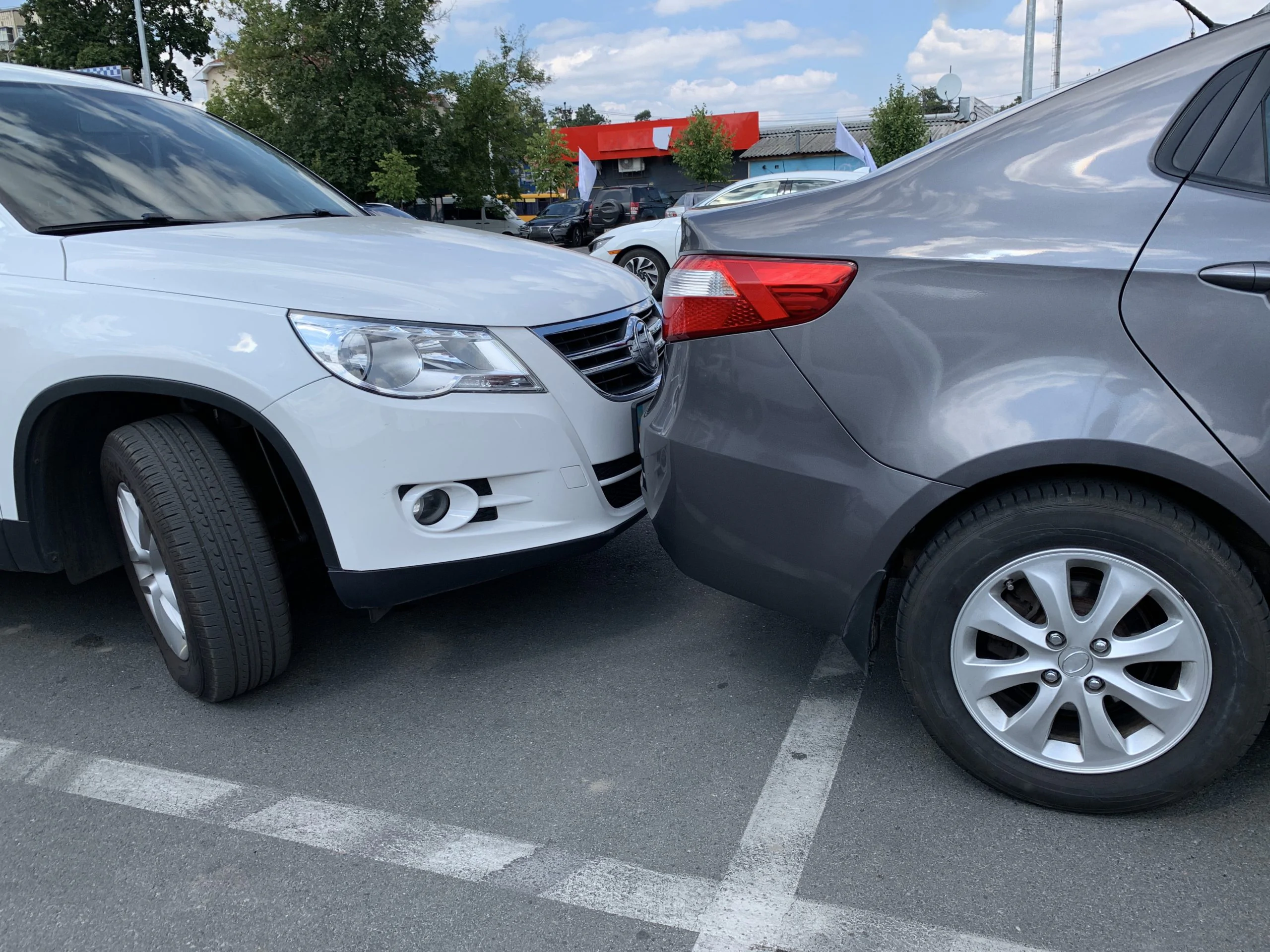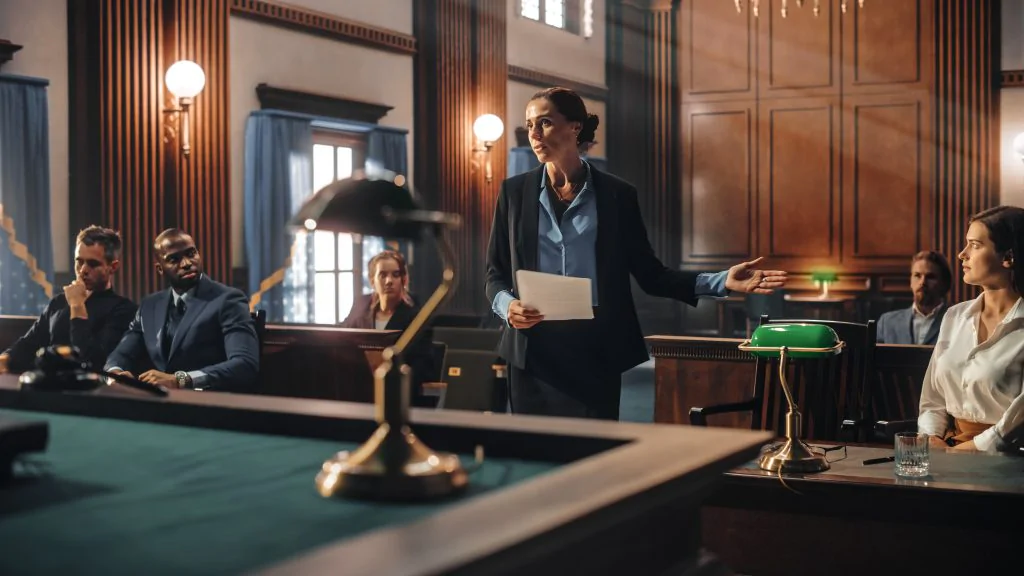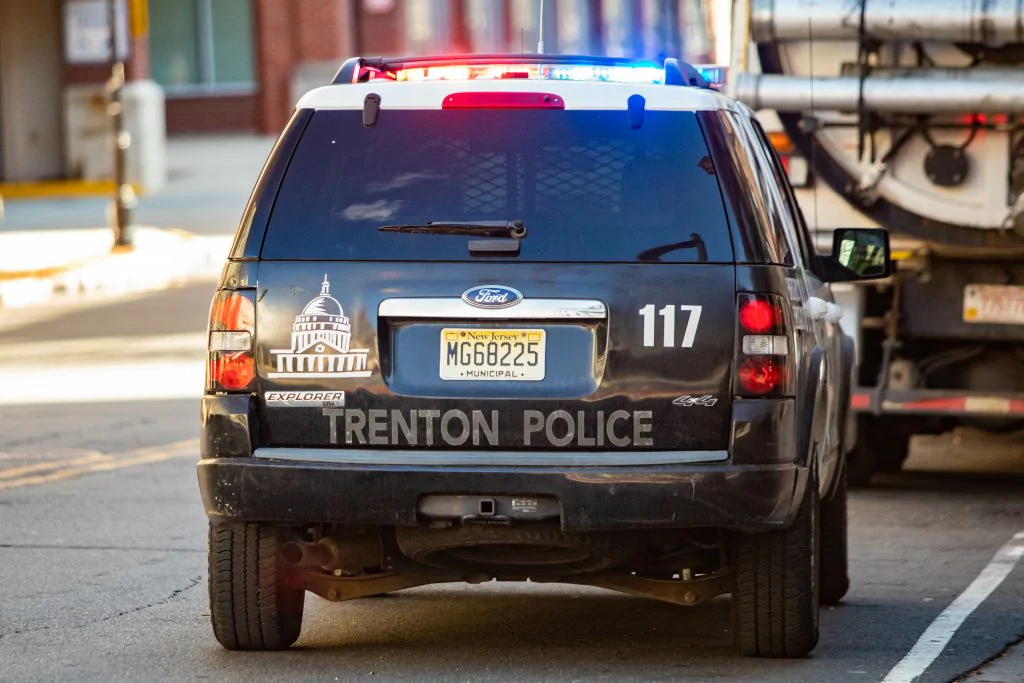An average of 50,000 parking lot accidents occur each year in the US according to the National Safety Council (NSC), resulting in about 60,000 injuries, and 500 deaths annually. As opposed to many cut-and-dry types of auto accidents, it can be more difficult to determine liability parking lot accidents. However, there are rules in place to determine who has the right-of-way at any time.
This article will break down who is most likely to be at fault in different types of parking lot accidents.
Right-of-Way Rules
The right-of-way describes which vehicle or pedestrian has the right to use a road at a given time. For example, a common rule of the road is that cars currently on the road have the right-of-way, so any cars attempting to merge onto a road must wait patiently until they have a safe opportunity.
Right-of-way laws are typically consulted by courts when determining fault for any given traffic accident, and parking lot accidents are no different.
Determining Fault for a Parking Lot Accident
It can be tough to prove who is ultimately at fault for a parking lot accident because such accidents often occur suddenly or with little warning. Furthermore, some fault may lie with both drivers or parties.
Just as drivers on roadways must adhere to right-of-way laws, drivers in parking lots must do the same. That means that, for example, any cars attempting to pull out of a parking space must wait until the lot’s driving lane is clear before moving, as they must yield the right of way to crossing pedestrians and vehicles driving straight past them.
However, there can be exceptions where the passing driver is found to be more at fault than the driver exiting their parking space. For example, fault may be placed on the passing driver or pedestrian in cases where there is a stop or slow sign in the driving lane. In these cases, the person driving through the parking lot lane may be at fault for an accident if they fail to heed the sign, while the driver exiting the space expects the driver to heed the sign, and assumes it is safe to do so.
Regardless, any parking lot accident lawsuit will be dependent on proving the negligence of the opposite party.
What is “Negligence”?
‘Negligence’ as a legal term refers to “…the failure to behave with the level of care that someone of ordinary prudence would have exercised under the same circumstances.” If a person is found to be negligent in court, that means they are found to be at least somewhat at fault for causing an accident, and the resulting damages, pain and suffering of a victim.
New York is a no-fault state, meaning that most auto accidents do not assign 100% fault to either driver. Instead, car insurance companies pick up the costs for an accident and both drivers go their separate ways.
However, auto accident lawsuits can be successful in proving the majority of fault on the guilty party, demonstrating that they were willfully or carelessly unsafe or reckless in their actions. Hiring a New York auto accident attorney is one of the best ways to ensure that victims receive maximum compensation for their damages by proving most or all fault for a parking lot accident on behalf of the guilty party.
Private Property Laws
Further complicating matters is the fact that many parking lots are considered private property. This means that different rules may apply to any private parking lot accident case. It’s important to contact knowledgeable auto accident attorneys if you’re ever involved in one of these accidents in case special rules come to affect your case.
Types of Parking Lot Accidents
Parking lot accidents take a variety of forms. Below are the average results of different types of parking lot accidents. These examples are for informational purposes only, and do not guarantee the same results will occur following any given accident.
T-Bone Accidents
T-bone accidents occur when one car impacts another at a horizontal angle, forming a “T” shape. In parking lots, most T-bone accidents occur when:
- A driver backs out of a parking space into a car behind them, or
- When a car exits a parking space while another car driving straight past them fails to stop in time.
In such a scenario, the car exiting the parking space will likely be at fault, as the car driving straight past them has the legal right of way.
Rear-End Accidents
Rear-end accidents occur when one car bumps into the back end of another. These can happen when a parking car goes too far forward in its space, and hits the back bumper of another car. Or, when a driver tries backing out of a space, and collides with the front of a passing vehicle.
In both cases, the driver who entered or exited the spot will likely be found at fault, as they either hit a motionless vehicle or hit a car that has the right-of-way.
Head-On Collisions
Head-on collisions can be particularly dangerous. They involve two cars hitting each other from the front, and result in more severe injuries and deaths than any other type of accident. These accidents typically happen at slower speeds in parking lots than on roadways, but the methods of determining the negligent party remain the same.
In parking lots, these collisions can happen if one car goes the wrong way in a parking lot and fails to stop in time. Or they may happen when both cars attempt to park in the same spot.
Fault will be decided based on the actions of both drivers. If both cars attempt to park in the same spot, both drivers may be assigned fault since neither stopped for safety. But if a car goes the wrong way in a parking lot, that car’s driver will likely be assigned blame for the accident overall.
Hitting a Stationary Car
Any driver who hits a stationary car in a parking lot will likely be assigned fault in a resulting lawsuit. A stationary car always retains the right-of-way, even if they are breaking lot rules or causing a hazard.
Hitting a Pedestrian
As mentioned above, pedestrians always have the right of way. Drivers in parking lots should be extra careful to drive slowly to avoid hitting any pedestrian, even if they are not in a designated crosswalk. Official data indicates that parking lot accidents in which a car backs into a pedestrian are responsible for 9% of pedestrian deaths in all motor vehicle collisions.
Contact New York Car Accident Attorneys Today
Any parking lot accident lawsuit is likely to be complex. Therefore, getting the best New York auto accident attorneys, Sobo & Sobo, on your side could be key to winning your case. Contact us today for a free consultation.




